杨培东,1971年8月出生于中国苏州,目前任美国加州大学伯克利分校教授,国际顶尖的纳米材料学家,美国艺术与科学院院士,美国科学院院士。(研究室主页)人工光合作用联合中心(Joint Center for Artificial Photosynthesis)部门负责人,劳伦斯·伯克利国家实验室(Lawrence Berkeley National Laboratory)资深教授科学家,集成纳米机械系统中心(Center of Integrated Nanomechanical Systems , COINS)副主任。Journal of the American Chemical Society(JACS),杂志的副主编。
经历
- 1985年-1988年,吴县木渎中学
- 1988年-1993年,中国科学技术大学,化学系,应用化学,学士
- 1993年-1997年,哈佛大学,化学与生物化学系,博士。(师从著名材料科学家Charles. M. Lieber教授)
- 1997年-1998年,美国加利福尼亚大学圣塔芭芭拉分校,博士后
- 1999年-2004年,加利福尼亚大学伯克利分校,助理教授
- 2003年,美国化学会纳米科学分支第一任主席
- 2004年-至今,加利福尼亚大学伯克利分校,教授
- 2014年4月28日,上海科技大学,物质科学与技术学院,院长
获奖经历
- 1992年,中国科学技术大学郭沫若奖学金
- 1999年,Camille and Henry Dreyfus New Faculty Award
- 2000年,3M Untenured Faculty Award
- 2001年,Research Innovation Award
- 2001年,Alfred P. Sloan Fellow
- 2001年,NSF CAREER Award
- 2001年,Hellman Family Faculty Award
- 2001年,ACS ExxonMobil Solid State Chemistry Award
- 2002年,Beckman Young Investigator Award
- 2004年,Camille Dreyfus Teacher-Scholar Award
- 2004年,Dupont Young Professor Award
- 2004年,Julius Springer Prize for Applied Physics
- 2004年,MRS Outstanding Young Investigator Award
- 2005年,ACS Pure Chemistry Award
- 2007年,NSF A. T. Waterman Award
- 2008年,Scientific American 50 Award
- 2011年,Baekeland Medal
- 2012年,Elected as member of American Academy of Arts and Science
- 2013年,ACS Inorganic Nanoscience Award
- 2014年,Thomson Reuters Citation Laureate in Physics
- 2014年,FRSC, Fellow, The Royal Society of Chemistry
- 2015年,DOE E. O. Lawrence Award
- 2015年,Nano Today Award
- 2015年,第十四届世界杰出华人奖
- 2015年,ACS nano Lectureship Award
- 2015年,麦克阿瑟天才奖
- 2016年,Distinguished Visiting Fellowship, Royal Academy of Engineering
- 2016年,Nano Research Award
- 2016年5月3日,当选美国科学院院士
研究
杨培东教授研究领域众多,如钙钛矿纳米结构(Perovskite Nanostructures)[1,2],纳米线光子学(Nanowire Photonics)[3,4],基于纳米线的太阳能电池(Nanowire-based Solar Cells)[5,6],太阳能燃料转化纳米线(Nanowires for Solar to Fuel Conversion)[7,8],纳米线热电学(Nanowire Thermoelectrics)[9,10],界面纳米线-单元(Nanowire-Cell Interface)[11, 12],纳米晶体催化(Nanocrystal Catalysis)13,14],纳米管纳米流体(Nanotube Nanofluidic-s)[15,16],等离子体(Plasmonics)[17,18],低维纳米结构组装、新兴材料和纳米结构合成和操控、材料化学、无机化学,以及低维纳米结构在光电等能源领域中的应用等。基本都是以纳米线材料为核心,实现各种能量(光能、电能、热能、化学能)间的转化。
除基础研究外,杨培东还注重纳米导线的实际应用,他的研究成果已体现在热电废热利用商用设备、化学传感器、光学开关等方面。杨培东现在的研究重点是人工光合作用,利用半导体纳米导线与细菌成功开发出“人工树叶”,能够把二氧化碳转化成天然气的主要成分——甲烷,展现出商业化应用的前景[6,7]。
杨培东小组研制出的“人工树叶”[6]
在Nanowire Photonics领域,杨培东课题组于2001年首次合成出纳米线激光器,并因此成为诺奖的热门人选。
杨培东小组研制出的纳米线紫外激光器[3]
在Nanowire Thermoelectrics领域,杨培东教授合成了基于硅纳米线的热电材料,能够高效回收工业废热。基于此技术,2009年杨培东教授和加州理工的另一名教授共同创建Alphabet energy公司,融资金额超过3500万美元。
评论&其他
- 2003年,美国“技术评论”杂志将杨培东列入“世界100位顶尖青年发明家”行列(MIT Tech. Review TR 100)
- 美国全国科学基金会15日宣布,将2007年度“艾伦·沃特曼奖”授予来自加利福尼亚大学伯克利分校的华裔化学家、纳米技术领域专家杨培东。美全国科学基金会在声明中说,杨培东在纳米线、原子组装等方面进行了“开创性研究”,并有望应用于一系列高技术设备,如计算机电路、新型太阳能电池板以及生物传感器等。 杨培东将在今后3年时间内获得50万美元的科研奖金。“艾伦·沃特曼奖”是美国全国科学基金会的年度科学大奖,每年授予一位在科学或工程研究领域表现出色的年轻科研人员。
- 2011年杨培东当选为汤森路透集团依据过去所发表研究论文的影响因子而确定的“全球顶尖100名化学家”,并且居于榜单前列第10位,同时入选同一标准的“顶尖100名材料科学家”榜单的首位。
- 2015年,麦克阿瑟基金会在对杨培东的获奖评价中说“过去十多年来,从研制出第一个纳米导线激光器到现在设计纳米导线太阳能电池,杨培东领导的团队在纳米导线光子学研究领域取得多个重大突破。” “杨培东在纳米材料科学方面的进展为应对清洁、可持续能源方面的全球挑战开辟了新天地。”
- 在国际科学界享负盛名的《麻省理工技术评论》杂志,日前选出本年度100位“世界顶尖青年发明家”,其中华人科学家有13人榜上有名,包括加州大学柏克莱分校纳米技术应用研究专家崔屹博士、哈佛大学助理教授庄晓薇及黄昱、段镶锋、杨培东、鲍哲南、刘湘军、陈天桥和张前等。
视频
http://tv.cctv.com/2016/09/25/VIDEPwhZWtlKjhWYfui9tVmk160925.shtml
相关文献
- Dou*, A. B. Wong*, Y. Yu*, M. Lai, N. Kornienko, S. W. Eaton, A. Fu, C. G. Bischak, J. Ma, T. Ding, N. S. Ginsberg, L. Wang, A. P. Alivisatos, and P. Yang, “Atomically Thin Two-Dimensional Organic-Inorganic Hybrid Perovskites”–First atomically thin 2D perovskite, Science, 2015, 349(6255), 1518-1521. DOI:10.1126/science.aac7660
- Dandan Zhang, Samuel W Eaton, Yi Yu, Letian Dou, and Peidong Yang.,“Solution-phase Synthesis of Cesium Lead Halide Perovskite Nanowires” –First CsPbX3 nanowires by colloidal synthesis, Am. Chem. Soc.2015, 137(29), 9230-9233. DOI:0.1021/jacs.5b05404
- Gargas, M.E. Toimil-Molares, P. Yang, “Imaging Single ZnO Vertical Nanowire Laser Cavities Using UV-laser Scanning Confocal Microscopy”– Imaging emission along a single vertical ZnOnanowire laser. J. Am. Chem. Soc. 2009, 131(6), 2125-2127. DOI:10.1021/ja8092339
- Gao*, A. Fu*, S. C. Andrews, P. Yang, “Cleaved-Coupled Nanowire Lasers” – Demonstration of precise control of lasing modes in nanowires by coupling cavities. Proc. Natl. Acad. Sci. USA, 2013, 110(3), 865-869. DOI: 10.1073/pnas.1217335110
- Tang*, Z. Huo*, S. Brittman, H. Gao, P. Yang, “Solution processed core-shell nanowires for efficient photovoltaic cells” – An efficient heterojunction single-nanowire solar cell produced using solution-processed cation-exchange chemistry. Nature Nanotech.2011, 6(9), 568-572. DOI: 10.1038/nnano.2011.139
- Liu, N. Dasgupta, P. Yang, “Semiconductor nanowires for artificial photosynthesis”, Chem. Mater.2013, 26(1), 415-422. DOI: 10.1021/cm4023198
- J. Hwang, A. Bukai, P. Yang, “High density n-Si/n-TiO2 core/shell nanowire arrays with enhanced photoactivity” – Demonstration of the first solar-to-fuel application of semiconductor nanowires.Nano Lett.2008, 9(1), 410-415. DOI: 10.1021/nl8032763
- Yang, J. Tarascon, “Towards Systems Materials Engineering” – System-level planning of theoretical and experimental efforts is increasingly important for the devel-opment of modern materials science. Nature Materials.2012, 11(7), 560-563. DOI: 10.1038/nmat3367
- Li, Y. Wu, P. Kim, L. Shi, N. Mingo, Y. Liu, P. Yang, A. Majumdar,“Thermal conductivity of individual silicon nanowires” – First measurement of thermal conductivity of silicon nanowires.Appl. Phys. Lett.2003, 83(14), 2934-2936. DOI: 10.1063/1.1616981
- Tang*, H. Wang*, D. H. Lee, M. Fardy, Z. Huo, T. P. Russell, P. Yang,“Holey Silicon as an Efficient Thermoelectric Material” – Demonstration of an efficient thermoelectric from a 2D structure of silicon.Nano Lett.2010, 10(10), 4279-4283. DOI:10.1021/nl102931z
- Kim, J. K. Ng, M. E. Kunitake, B. R. Conklin, P. Yang, “Interfacing silicon nanowires with mammalian cells”, J. Am. Chem. Soc.2007,129(23), 7228-7229.DOI: 10.1021/ja071456k
- Liu, J. J. Gallagher, K. K. Sakimoto, E. M. Nichols, C. J. Chang, M. C. Y. Chang, P. Yang, “Nanowire-Bacteria Hybrids for Unassisted Solar Carbon Dioxide Fixation to Value-Added Chemicals”, Nano Lett.2015, 15(5), 3634-3639. DOI: 10.1021/acs.nanolett.5b01254
- Yamada, C. Tsung, W. Huang, Z. Huo, S. E. Habas, T. Soejima, C. E. Aliaga, G. A. Somorjai, P. Yang, “Nanocrystal Bilayer for Tandem Catalysis”, Nature Chem.2011, 3(5), 372-376. DOI: 10.1038/nchem.1018
- Chen*, Y. Kang*, Z. Huo, Z. Zhu, W. Huang, H. Xin, J. D. Snyder, D. Li, J. A. Herron, M. Mavrikakis, M. Chi, K. L. More, Y. Li, N. M. Markovic, G. A. Somorjai, P. Yang, V. R. Stamenkovic, “Highly Crystalline MultimetallicNanoframes with Three-Dimensional Electrocatalytic Surfaces”, Science.2014, 343(6177), 1339-1343. DOI: 10.1126/science.1249061
- Karnik*, R. Fan*, M. Yue, D. Li, P. Yang, A. Majumdar, “Electrostatic Control of Ions and Molecules in Nanofluidic Transistors”, Nano Lett.2005, 5(5), 943-948. DOI: 10.1021/nl050493b
- Fan, S. Huh, R. Yan, J. Arnold, P. Yang, “Gated proton transport in aligned mesoporous silica films”, Nature Materials,2008, 7(4), 303-307. DOI:10.1038/nmat2127
- Huang*, F. Kim*, A. Tao*, S. Conner, P. Yang, “Spontaneous formation of nanoparticles-tripe patterns through dewetting”, Nature Mater,2005, 4(12), 896-900. DOI: 10.1038/nmat1517
- Wu, J. Henzie, W. Lin, C. Rhodes, Z. Li, E. Sartorel, J. Thorner, P. Yang, J. T. Groves, “Membrane-Protein Binding Measured with Solution-Phase PlasmonicNanocube Sensors”, Nature Methods,2012, 9(12), 1189-1191.DOI:10.1038/nmeth.2211
外部链接
- 杨培东研究室主页
- 杨培东 百度百科
- 郭奖得主,学界翘楚
- 国际“纳米牛人”回乡“打短工”
- 美国70后华人院士受聘南工荣誉教授
- 杨培东校友获美国麦克阿瑟基金会2015年度天才奖
- 华人科学家杨培东获美本年度“天才奖”
- 华裔科学家杨培东获“天才奖”
- 美国艺术与科学院院士杨培东:勤奋是成功关键
- 华人纳米界的半壁江山(Charles. M. Lieber的华人弟子们)
- Peidong Yang-Wikipedia
本文版权属于 Chem-Station化学空间, 欢迎点击按钮分享,未经许可,谢绝转载!





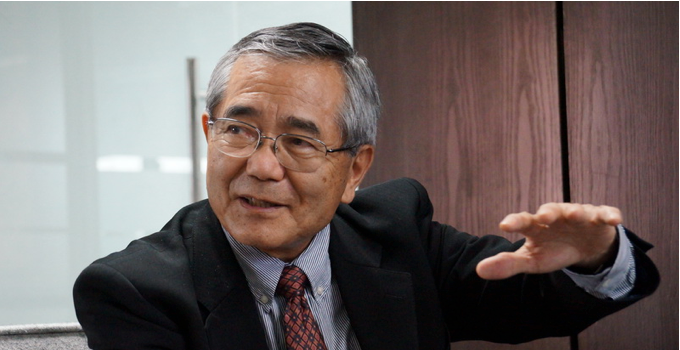


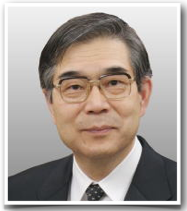
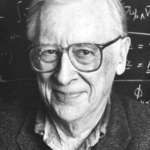


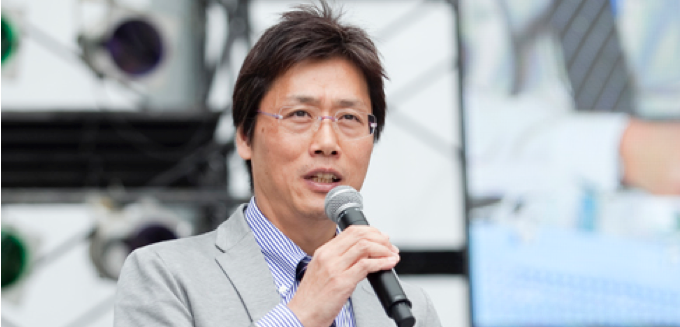
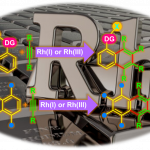

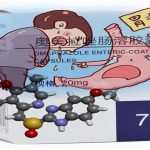
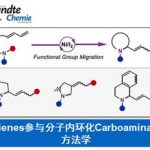
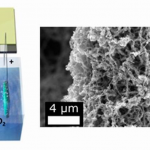


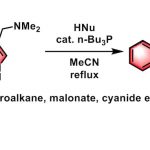
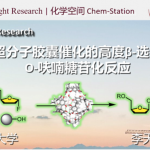



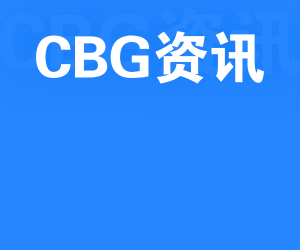
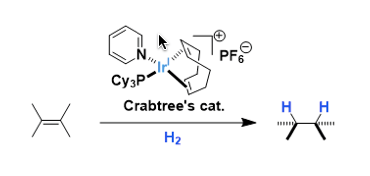
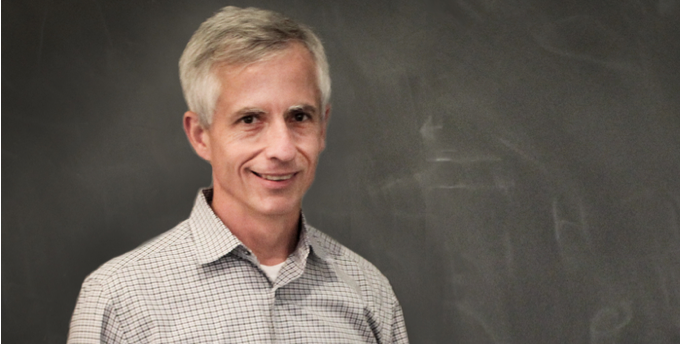


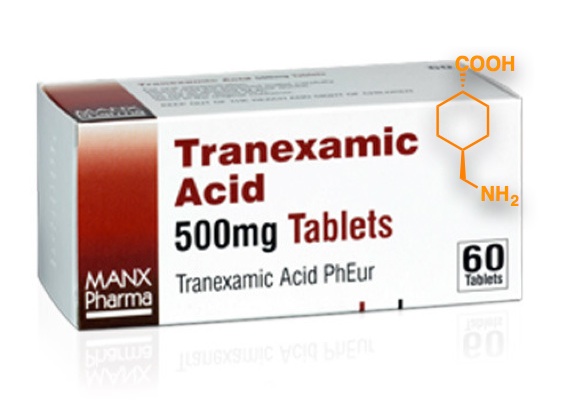

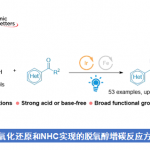
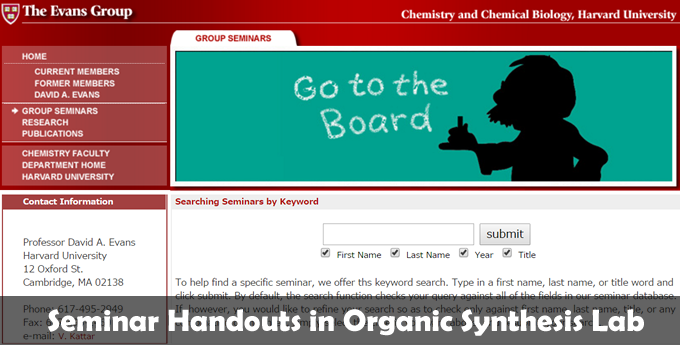

No comments yet.